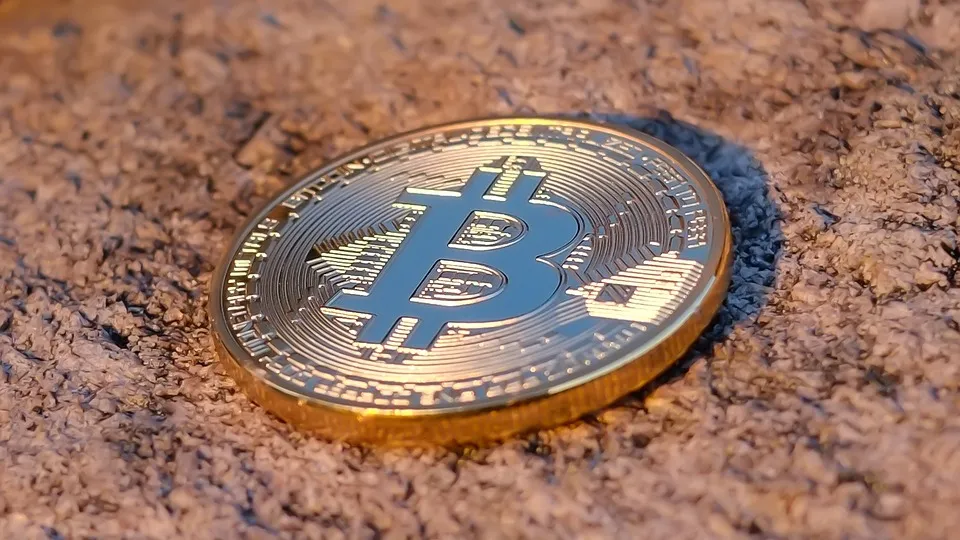
The headline is the question on my mind right now. Even the ever so careful Benjamin Cowen often talks about crypto market cycles. One of his main talking points last year was how the cycles have been and are lengthening and the gains in each cycle are diminishing.
While it is clear that there have been three market cycles measured from the through to the peak in the past, namely, the first one (2009-2011), the second one (2011-2013), the third one (2014-2017), I would argue that it is likely that it may already be the case that there will be no multi-year cycles like that any longer.
Ever since the major market cycle bottom in December 2018, the price of Bitcoin has seen strong bullish phases as the one between December 2018 and July 2019 or the one between September 2020 and May 2021 - and many bearish phases like the one between July 2019 and March 2020.
As "the cycles" lengthen and the sub-cycles within the cycles become more prominent, it is likely that any resemblance of Bitcoin multi-year cycles driven by the mining reward halvings will disappear.
The reasons for this are, as pointed out above, the lengthening of the cycles and the decreased volatility and also the fact that Bitcoin has been heavily invested in by institutions. Among Bitcoin miners there are publicly traded companies that can rely on investor money to operate and who have no need to sell their mined bitcoins to fund their operations.
As Bitcoin is becoming increasingly integrated into the traditional financial markets, macroeconomic conditions and traditional markets will increasingly move it.
Not financial advice but as a crypto investor and speculator I would keep an eye on what central banks are doing. Bitcoin has crashed through the $40,000 support and is eyeing the $30,000 level. Whether that will hold depends on the general appetite for risk on the financial markets in the coming months. That in turn is heavily influenced by the Fed whose actions are constrained by inflation and expectations thereof. I would expect the bearish phase to continue for maybe the first half of this year. When/if inflation cools off, the Fed is free to/forced to loosen monetary policy again to help the economy with debt and stimulate growth.
The stock-to-flow model is broken. Whether the price of Bitcoin will reach levels orders of magnitude higher may require a shift in perception of Bitcoin as a risk-on asset like tech stocks to sound money. That may be further off than Bitcoin investors have hoped for.